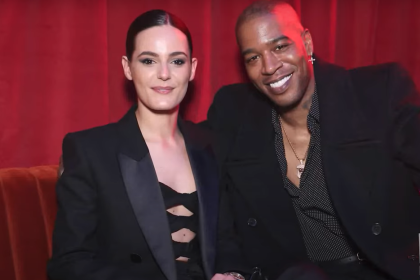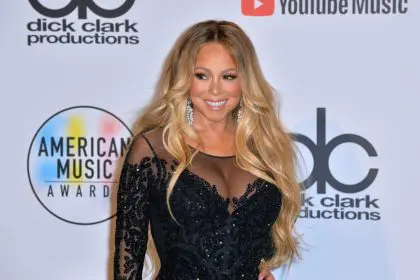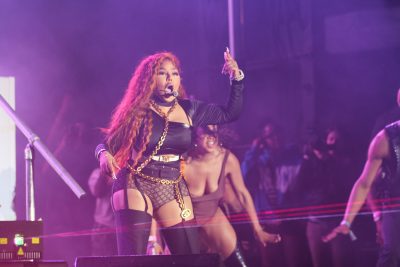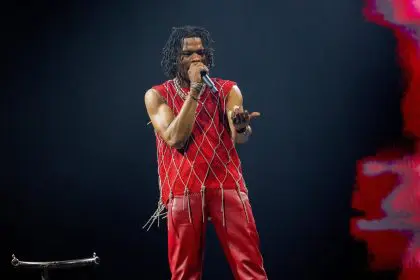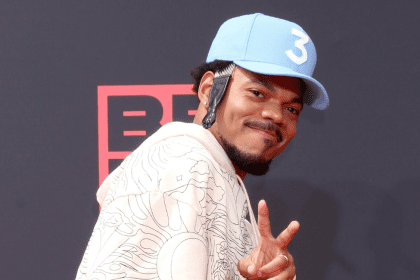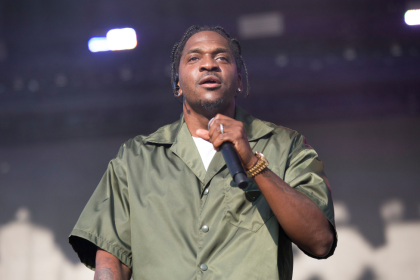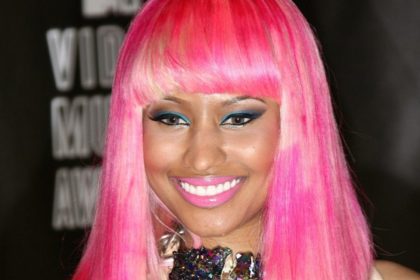
“Alternative hip-hop” is a term that sometimes elicits groans and eye-rolls from the artists and fans typically associated with it. That’s completely understandable. No one likes to be put in a box, and oftentimes, “alt hip-hop” is treated like some fringe group, separated from more “mainstream” or “traditional” hip-hop for superficial aesthetic reasons. But it’s also important to acknowledge hip-hop’s variety, and in doing so, to celebrate the vitality of the genre’s more left-of-center artists.
Which brings us to 3 Feet High & Rising.
One of the most original and innovative debut albums in hip-hop history, the masterpiece from the Long Island, NY-based trio of De La Soul was a world-changing album that offered proof that hip-hop was not just machismo and aggression. At a time when hip-hop’s more “gangsta” and “political” strains were at the height of visibility, three oddballs from the suburbs fired a shot for hip-hop nerds everywhere.
Produced by Prince Paul, 3 Feet … featured quirky songs about anthropomorphic animals, body odor, and bizarre musings on sex and the power of three. Members Posdnous, Trugoy and Maseo invited the listener into their weird world of in-jokes and commentary. They made no allowances for those who didn’t ‘get it.’ You had to figure them out or just stay along for the ride. It should be noted that De La Soul didn’t invent what would be dubbed “alt hip-hop.” A year prior to 3 Feet High…, their Native Tongue forbears the Jungle Brothers released their debut album, which went a long way towards establishing the template many similar artists would follow. The Ultramagnetic MCs brilliant Critical Beatdown was also a forerunner of the genre.
But with 3 Feet High & Rising, De La Soul brought idiosyncratic, oddball hip-hop to the mainstream. Defying genre conventions and wallowing in weirdness, the album also presented a certain accessibility via classic singles like “Me, Myself & I” and “Potholes In My Lawn.” The commercial success of the album paved the way for alt-rap to crash the mainstream. Over the next three years, groups like A Tribe Called Quest, Pharcyde, Arrested Development, Digable Planets and more enjoyed widespread mainstream success. That visibility wouldn’t have happened had it not been for the success of De La Soul’s first album.
As Death Row and Bad Boy Records ascended to the top of hip-hop in the mid-1990s and more gangsta-oriented music dominated the airwaves, it became harder and harder to see the influence of 3 Feet High on hip-hop as a whole. But even through changing times, the spirit of early De La Soul could be heard in artists as varied the Beastie Boys, Beck, the Roots and Slum Village. Today, contemporary hip-hop artists like Kid Cudi and even Macklemore have a lane to operate in, and it’s largely due to De La Soul’s debut album.
So in recognition of 3 Feet High & Rising turning 25 this week, take the time to revisit one of hip-hop’s most important releases. And recognize the importance of Pos, Dave and Mase on hip-hop and music overall.
The D.A.I.S.Y. Age is here.

